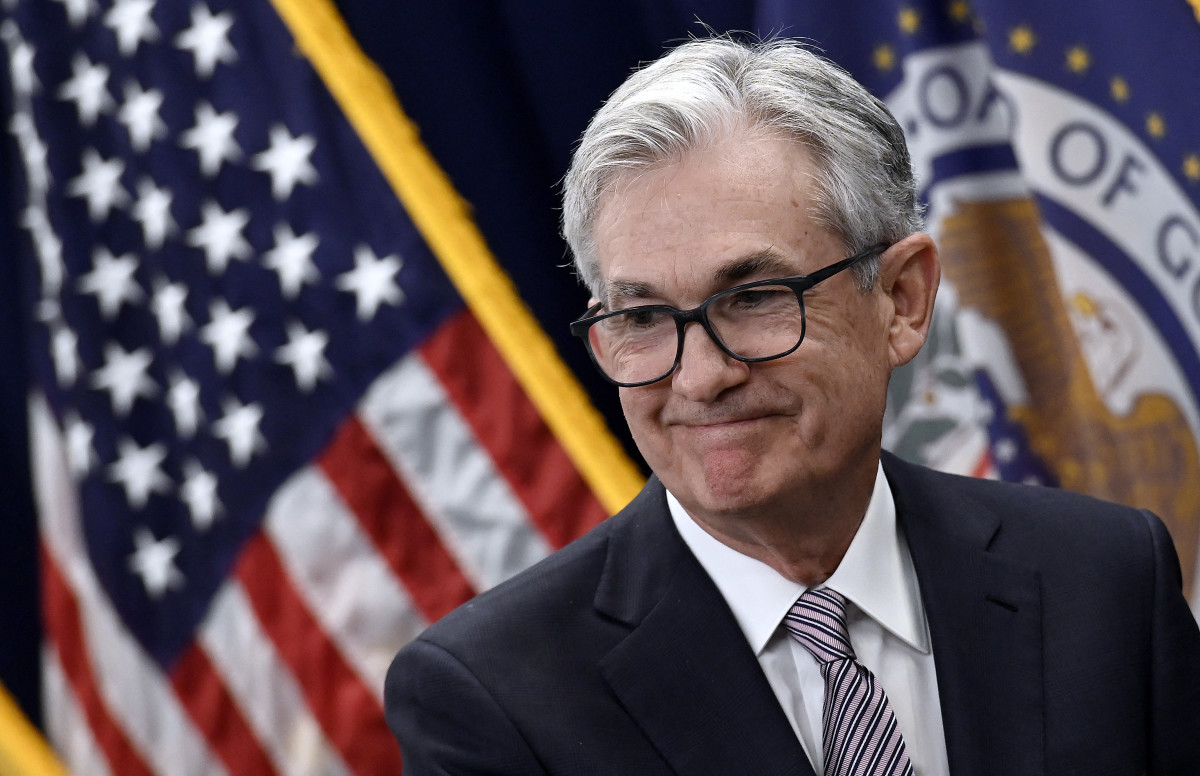
The U.S. economy recorded another surprisingly firm round of new job gains last month, as the resilient labor market continues to test the market's bets on Federal Reserve rate cuts heading into the start of the year.
The Labor Department's Bureau of Labor Statistics said 216,000 jobs were created in December. That's a marked increase from the downwardly revised total of 173,000 recorded in November and largely in line with the five-month average of around 213,000. Economists were looking for a headline total of 170,000.
Average hourly earnings were up by a faster-than-expected 0.4% from the previous month, matching the biggest jump since July 2022. The year-on-year gain reached 4.1% from 4%, a figure that also topped Wall Street forecasts.
The headline unemployment rate, meanwhile, held at 3.7% while the labor-force-participation rate slipped from a two-year high to 62.5%.
"Today's report speaks to the bumpy road ahead for the Fed's journey back to 2% inflation. Strong headline job growth and wage growth above 4% combined with Fed communications, including the minutes, emphasizing the need to remain higher for longer decrease the likelihood of preemptive rate cuts," said Andrew Patterson, senior international economist at Vanguard.
"The decision of when to first cut policy rates remains one for the second half of the year in our view," he added.
U.S. stocks extended declines following the data release, with futures contracts tied to the S&P 500 indicating an 18 point pullback and those tied to the Dow Jones Industrial Average suggesting a 130 point dip.
Benchmark 10-year Treasury note yields were marked 3 basis points (0.03 percentage point) higher at 4.075%, extending the paper's four-day increase to around 21 basis points. Benchmark 2-year notes were pegged 2 basis points higher at 4.460%.
The U.S. dollar index, which tacks the greenback against a basket of six global currencies, was marked 0.45% higher at 102.905, extending its strongest weekly gain since May.
CME Group's FedWatch now indicates a 53.8% chance of a quarter-percentage-point Fed rate cut in March, down from 60% prior to the data release and 74% at the end of last year, with the odds of a May reduction easing to 83%.
- Get investment guidance from trusted portfolio managers without the management fees. Sign up for Action Alerts PLUS now.







